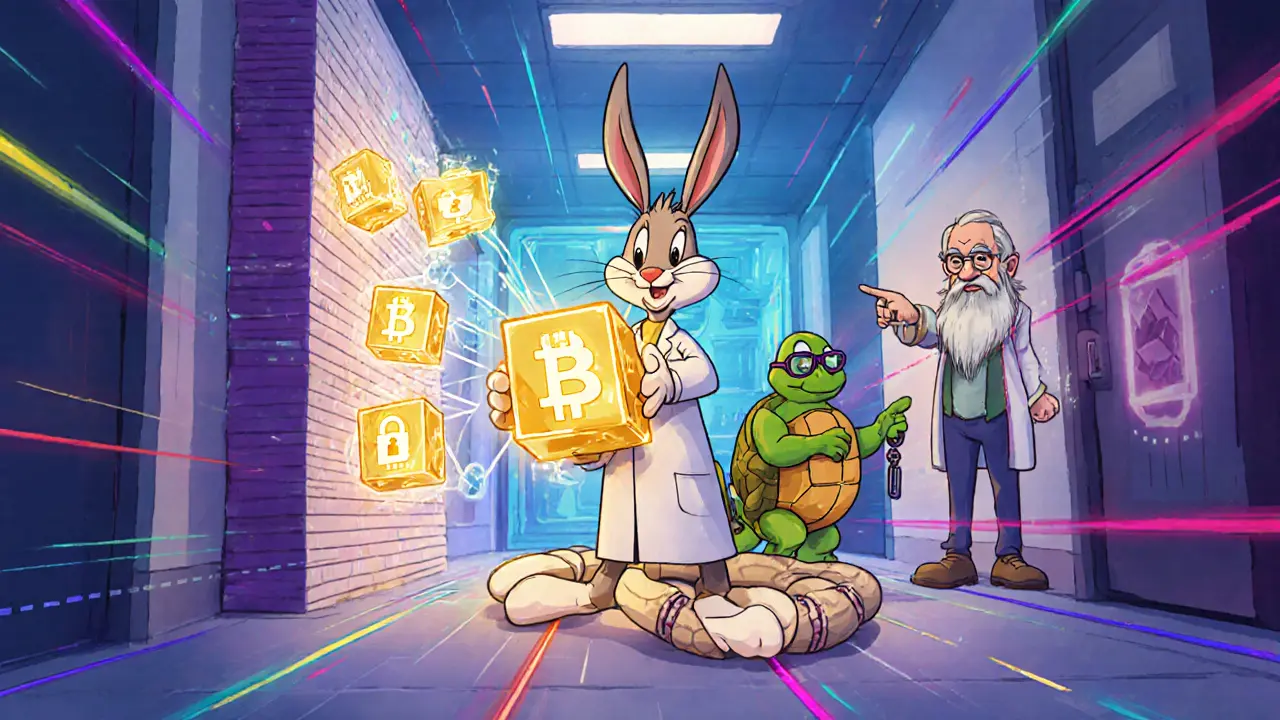Smart Contracts
When working with smart contracts, self‑executing code that lives on a blockchain and enforces agreed‑upon rules without a middleman. Also known as programmable contracts, they automate transactions, trigger events, and manage digital assets. The power of blockchain, a distributed ledger that guarantees immutability and transparency is what makes smart contracts trustworthy.
Why Smart Contracts Matter
At the core of most decentralized applications is Solidity, the primary programming language for writing Ethereum smart contracts. Developers use Solidity to define token standards, create escrow logic, and build complex financial primitives. Because Solidity compiles directly to bytecode that runs on the Ethereum Virtual Machine, it links the contract’s intent to the blockchain’s execution environment. Meanwhile, decentralized finance (DeFi), a rapidly growing ecosystem of financial services built on smart contracts demonstrates the real‑world impact. From lending platforms to automated market makers, DeFi protocols rely on contracts to lock collateral, calculate interest, and settle trades without banks. This dependency means any vulnerability in a contract can affect millions of dollars, which is why security audits have become a standard practice. Another key piece is token‑based governance, a system where holders of a protocol’s native token vote on upgrades and policy changes. Smart contracts enable on‑chain voting, enforce quorum rules, and execute approved proposals automatically. The result is a more democratic and transparent way to steer a project’s future, but it also adds a layer of complexity that developers must code carefully.
All these pieces—blockchain guarantees, Solidity code, DeFi use cases, and token governance—form a tightly woven ecosystem. Understanding how they interact helps you spot opportunities, avoid common pitfalls, and assess the risk of new projects. Below you’ll find a curated set of articles that break down each aspect, from security best practices to real‑world contract examples, so you can move from theory to action with confidence.





